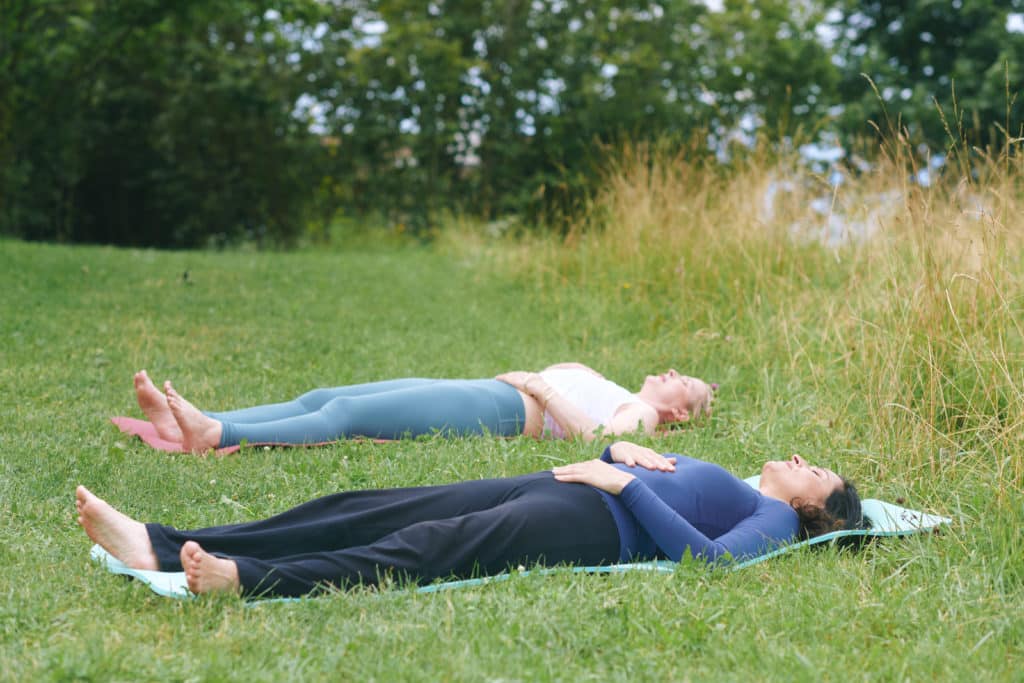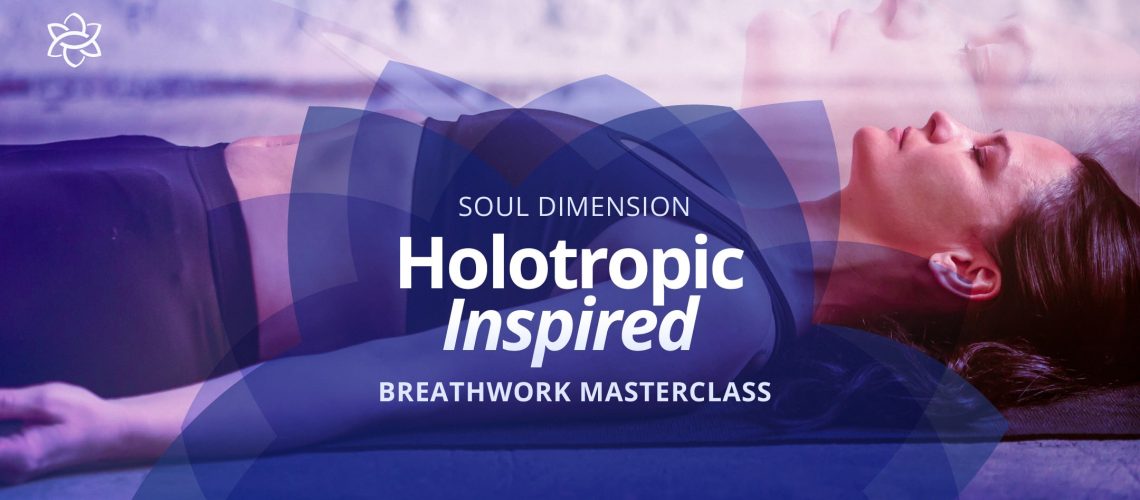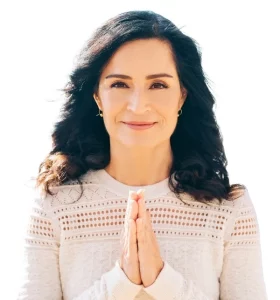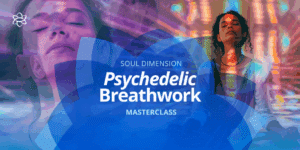Breath is something we all do naturally, yet it’s often overlooked as one of the most powerful tools for connecting deeply with ourselves. If you’ve ever been curious about breathwork — especially the kind that takes you on an inner journey — then Holotropic Breathwork might be something worth exploring.
So, what exactly is Holotropic Breathwork?
Back in the 1970s, a psychiatrist named Stanislav Grof (and his wife Christina) developed this practice called Holotropic Breathwork. The word “holotropic” means “moving toward wholeness,” which pretty much sums up the intention behind it.
The basic idea is to use a specific kind of breathing — fast, connected, and steady — often with music, to help you access deeper layers of your consciousness. People who practice it often find themselves opening up to emotions, memories, or insights that were tucked away somewhere inside. It’s a bit like turning down the noise of daily life and tuning in to your inner world.
What’s going on in the body and brain during this?
During Holotropic Breathwork, the pattern of deep, connected breathing alters oxygen and carbon dioxide levels in your blood, which in turn affects brain activity and consciousness. This can create “psychedelic-like” experiences — vivid imagery, deep emotional processing, and shifts in perspective — similar to what Grof observed in his early research with psychedelics. Unlike those experiences, however, breathwork achieves these states safely and without any substances.
Research suggests that breathwork can support stress reduction, emotional regulation, and mental clarity. For example:
- Heart Rate Variability (HRV): Holotropic-style breathing can improve HRV, a marker of how well your nervous system can adapt to stress, which is linked to better resilience and recovery. NCBI – HRV and Breathwork Study
- Neurotransmitter modulation: Breathwork may influence levels of GABA and serotonin, helping reduce anxiety and promote emotional balance. Harvard Health – Breathing and Anxiety
- Emotional release and memory access: The altered state can help people process stored emotions or memories in a safe, conscious environment, supporting personal insight and emotional healing. Verywell Mind – Holotropic Breathwork
Regular practice — even in shorter, adapted online sessions — may help cultivate a more resilient nervous system, support immune function, and deepen self-awareness. There’s a growing biological and psychological basis for why conscious, connected breathing can feel so powerful and transformative.
Breathing deeply and rapidly like this changes your blood’s oxygen and carbon dioxide balance, which in turn affects your brain chemistry. It’s kind of like what happens when you meditate or go into a trance — you shift into a different state of awareness.
Science is catching up and showing us that breathwork can help reduce stress, ease anxiety, and support emotional healing. For example, it can improve heart rate variability, which helps your nervous system chill out and bounce back from stress more quickly and easily. So, regular practice can powerfully support a more resilient nervous and immune system response.
So, there’s a solid biological basis for why breathwork feels so powerful.

What’s it like to do a session?
Traditionally, Holotropic Breathwork sessions happen in a safe, supportive space, often with a certified facilitator. They can last a few hours and usually include:
- Lying down and following the breathing pattern
- Listening to music that supports emotional flow
- Moving or making sounds if it feels natural
- Having someone there to guide and support you
It’s important to note that this experience can get pretty intense physically and emotionally, so it’s usually recommended for people who don’t have certain health issues — and who work with trained facilitators.
Is it for me?
If you feel drawn to exploring your inner world beyond the usual day-to-day stuff, it might be worth trying. Just keep in mind:
- Check in with your doctor if you have heart, lung, or mental health concerns
- Find certified facilitators or trustworthy guides
- Be ready for emotional stuff to come up — and be kind with yourself afterwards
A few questions people often ask:
Q: How is Holotropic Breathwork different from other breathwork styles?
A: It’s unique because of the fast, continuous breathing combined with evocative music to help access deep emotional and unconscious material. Other breathwork types might focus more on relaxation or mindfulness.
Q: Is it safe to do at home?
A: Traditional sessions really benefit from a trained facilitator being there. But adapted online versions, like what we offer, are gentler and designed to be safer for solo or virtual practice.
Q: How long are sessions usually?
A: Traditional sessions last a few hours. Online adapted ones tend to be around 60-90 minutes.
If you’re feeling even a little spark of curiosity, that’s a wonderful place to begin. Breath is always with us — and sometimes, it’s the key to unlocking new parts of ourselves.
An invitation to breathe
If you’re curious to explore more about breathwork — including holotropic-style breathwork — in a gentle and accessible way, you’re you’re warmly invited to join a community discovering the transformational power of breath as a doorway to greater clarity, healing, and wellbeing. Learn more & Join a Soul Dimension Breathing Session
For more information or to explore breathwork in community, feel free to check out what we offer at Soul Dimension.
Helpful Resources to Learn More:
- Beyond the Brain by Stanislav Grof — The foundational book on Holotropic Breathwork.
- NCBI: Breathwork and Mental Health Study (2023) — Scientific insights into breathwork’s effects on mental wellbeing.
- Verywell Mind: What is Holotropic Breathwork? — A clear, accessible overview.
- Stanislav Grof’s Holotropic Breathwork Official Site — For certified facilitators and training information.
Disclaimer: The breathwork sessions offered by Soul Dimension are adapted, non-clinical experiences intended for personal growth and self-exploration only. They are not a substitute for professional medical or mental health treatment. Please consult a healthcare professional before participating, especially if you have any medical or psychological conditions.





